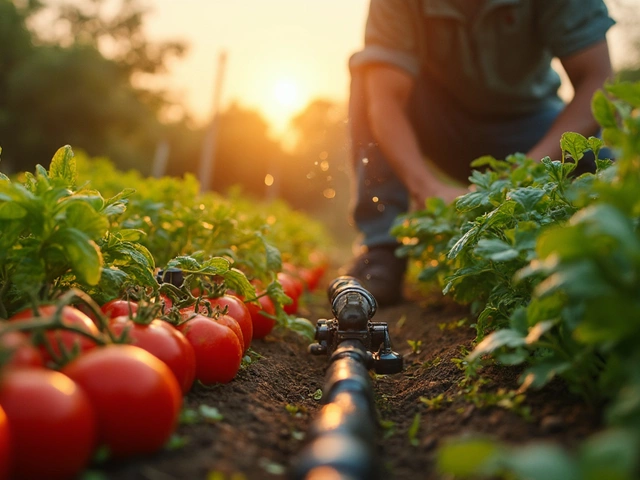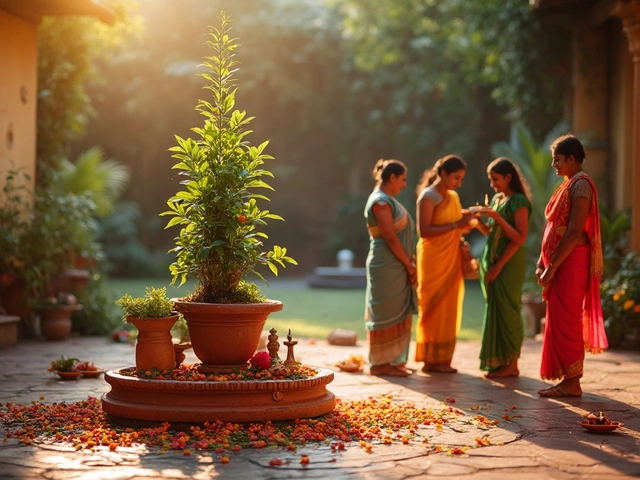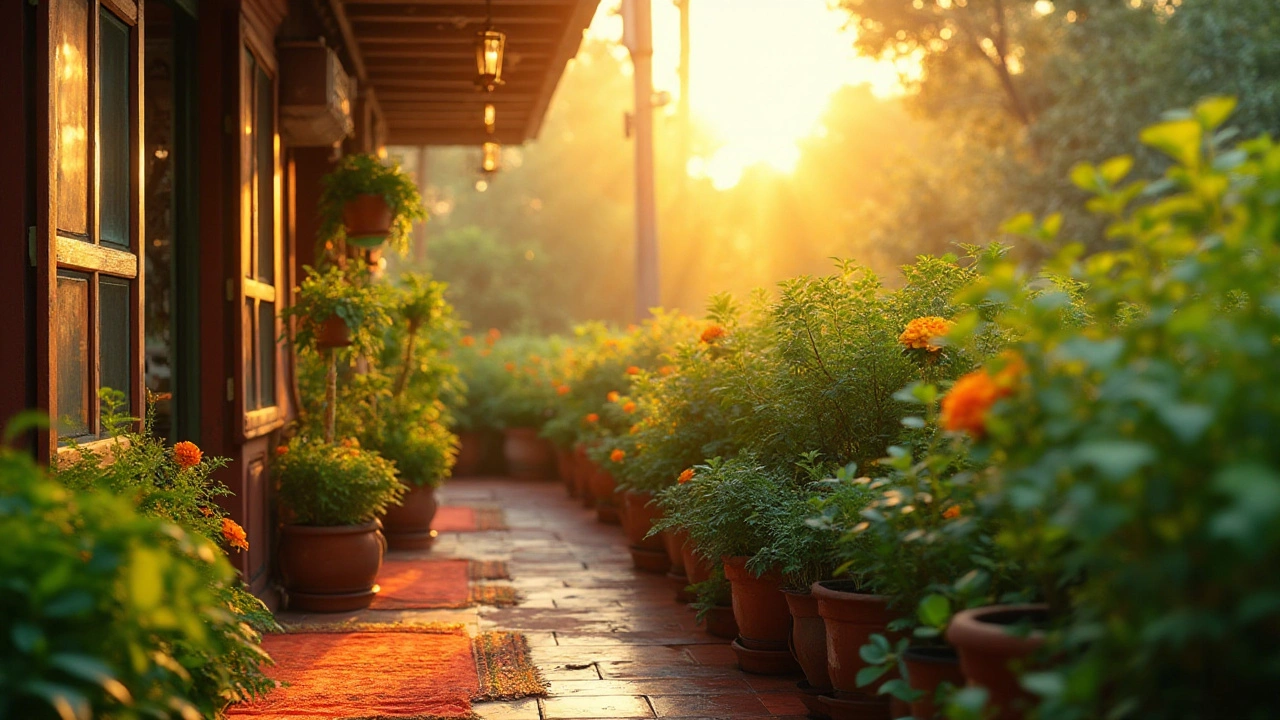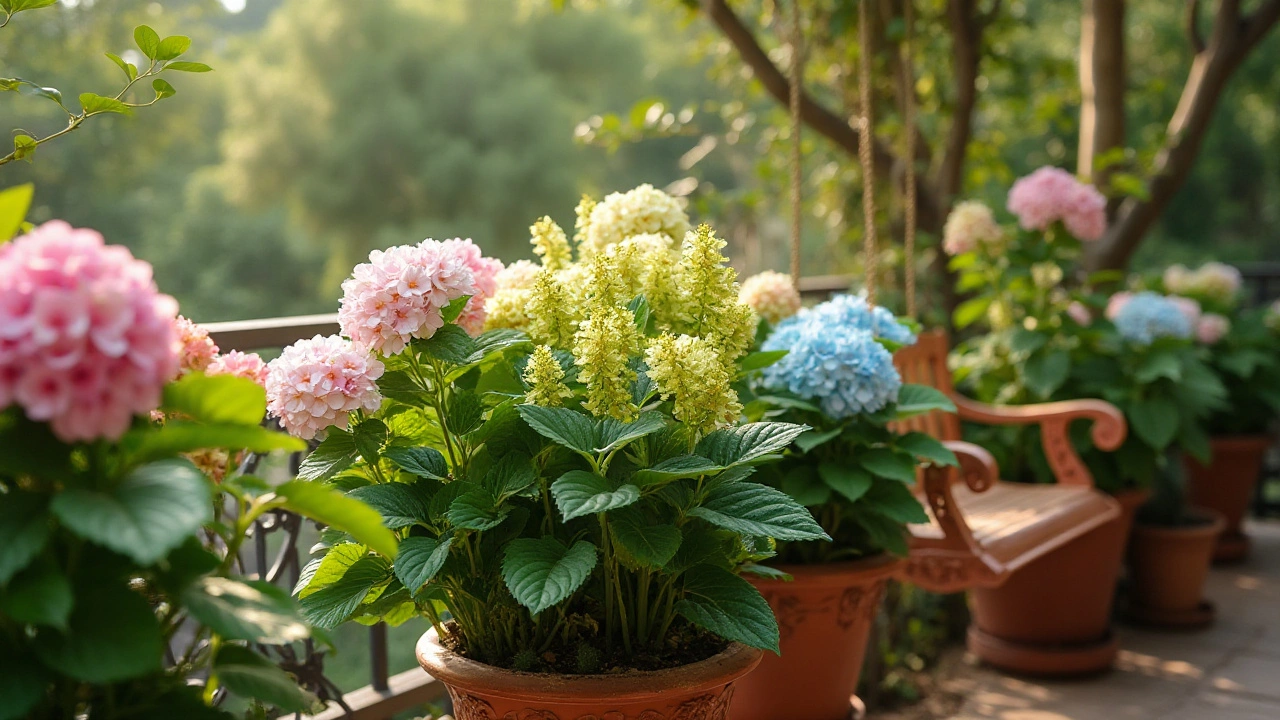Garden Setup: Your Practical Guide to Starting a Thriving Garden
Starting a garden can feel overwhelming, but you don’t need a degree to get it right. First, know what you have – the size of your plot, the sun hours, and the type of soil. A quick soil test with a kitchen‑spoon of earth will tell you if it’s heavy, sandy, or loamy. Heavy soil? Add compost or sand to lighten it, as shown in our "How to Loosen Heavy Garden Soil" post. Light soil? Mix in organic matter to hold moisture.
Plan Your Space and Soil
Map out your garden on paper before you dig. Draw the borders, note where shade falls, and mark zones for vegetables, herbs, and decorative plants. For small balconies, use vertical planters or hanging pots – our "How to Maximize a Small Balcony" guide gives layout ideas that turn a few square feet into a green nook. If you’re growing veggies like broccoli, remember that they need well‑drained, fertile soil. Follow the tips from "Broccoli Farming in India" to get the right nutrient balance without over‑investing.
When you prepare the beds, aim for a depth of at least 12‑15 inches for most vegetables. If you’re dealing with compacted ground, break it up with a garden fork and blend in a layer of compost. Adding a thin sheet of mulch later helps keep weeds down and moisture in, which is a cornerstone of sustainable gardening.
Smart Watering and Eco‑Friendly Tricks
Water is the biggest expense in any garden, so use it wisely. Drip irrigation delivers water right to the roots, cutting waste by up to 50 %. Our article "How Deep Should Drip Irrigation Lines Be Buried?" explains the ideal burial depth (usually 2‑4 inches) to protect the tubing and keep it out of sight. If cost worries you, read "Why Is Drip Irrigation So Expensive?" for budget‑saving hacks like reusing old hoses and buying in bulk.
For indoor plants, the biggest mistake is over‑watering. Check the soil with a finger; if the top inch feels dry, it’s time to water. The "How to Tell If Your Houseplant Needs Water" post lists clear signs like wilted leaves and lighter soil color. Avoid letting tap water sit too long; a 30‑minute pause lets chlorine evaporate, which is better for delicate foliage.
Don’t forget natural pest control. Coffee grounds can be a double‑edged sword – they repel some pests but harm others, as detailed in "Plants That Hate Coffee Grounds". Instead, use companion planting (see "Sister Plants") to naturally keep bugs away. Marigolds, for example, deter nematodes and add a splash of color.
Finally, think long‑term. Compost kitchen scraps, collect rainwater, and choose native plants that need less water and fertilizer. These simple steps turn a hobby garden into a low‑maintenance, eco‑friendly space that keeps giving.
Ready to get started? Pick a corner, test the soil, and set up a drip line. With the right plan, you’ll have a garden that looks good, saves water, and grows healthy plants – no matter if you’re on a balcony or a backyard.
Best Balcony Orientation for Sunlight in Your Garden Setup
Discover the ideal direction for your balcony to face when setting up a garden, ensuring optimal sunlight exposure for your plants. This article explores how sunlight varies based on balcony orientation, provides practical tips for different climates, and addresses challenges for each direction. Learn how to harness natural light to create a thriving green space, regardless of your geographical location or setup constraints.
Avoiding Mistakes: Where Not to Plant Hydrangeas on Your Balcony
Hydrangeas are charming, versatile plants that can transform any balcony garden, but choosing the wrong spot for them can lead to disappointing results. Factors such as excessive sunlight, poor drainage, and lack of space can hinder their growth. Understanding the specific needs of these plants ensures they thrive beautifully. This article explores unsuitable locations and provides practical tips for optimal hydrangea placement on your balcony.
About
Balcony Gardening
Latest Posts


Drip Irrigation System Life Expectancy: What to Really Expect
By Alden Thorne Jun 19, 2025

Unveiling the Supreme Superfood: A Guide to Vegetable Gardening in India
By Alden Thorne Feb 1, 2025

Top Fruit Trees for Balcony Gardens: Easy and Delicious Options
By Alden Thorne Jan 5, 2025


